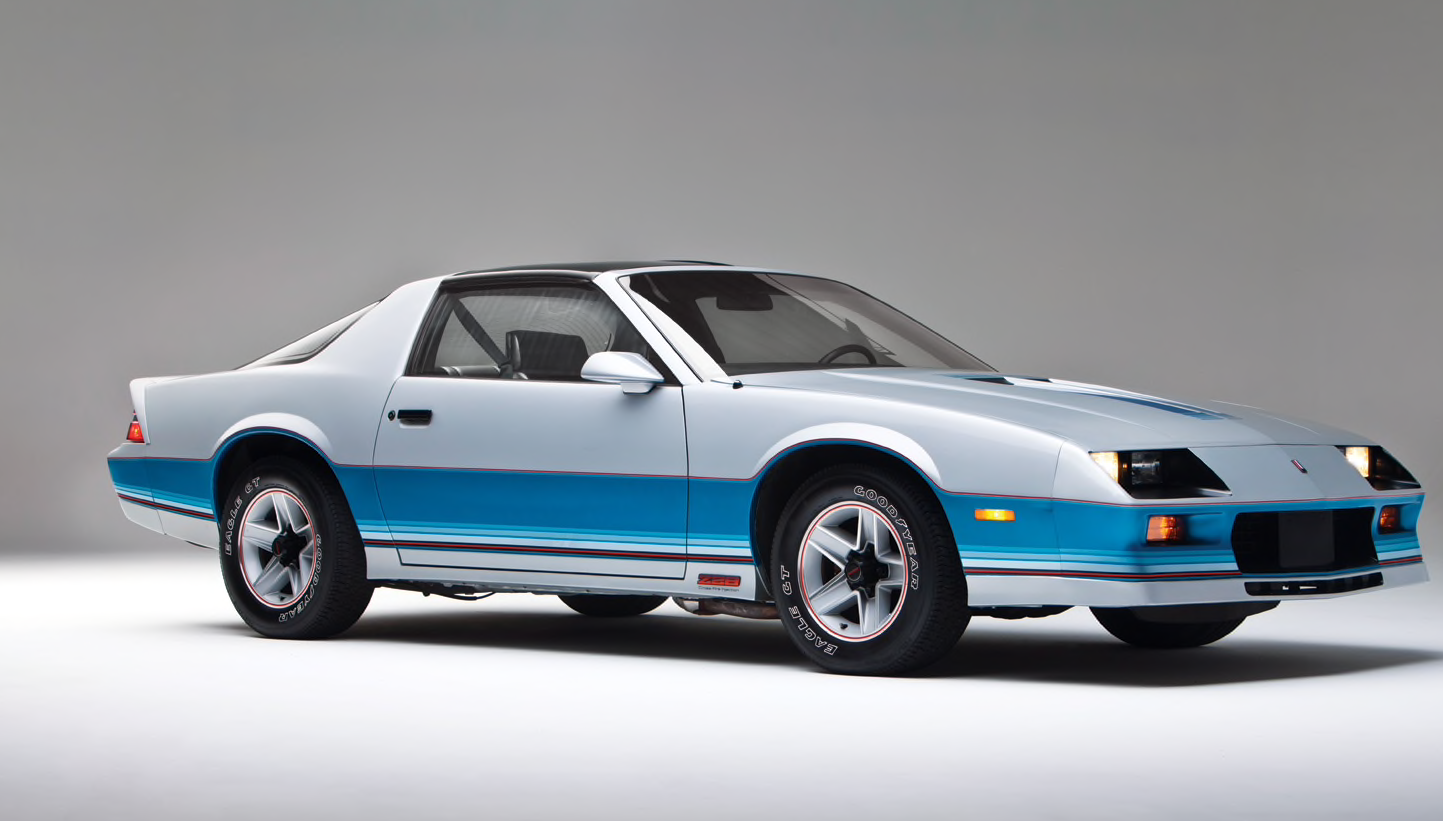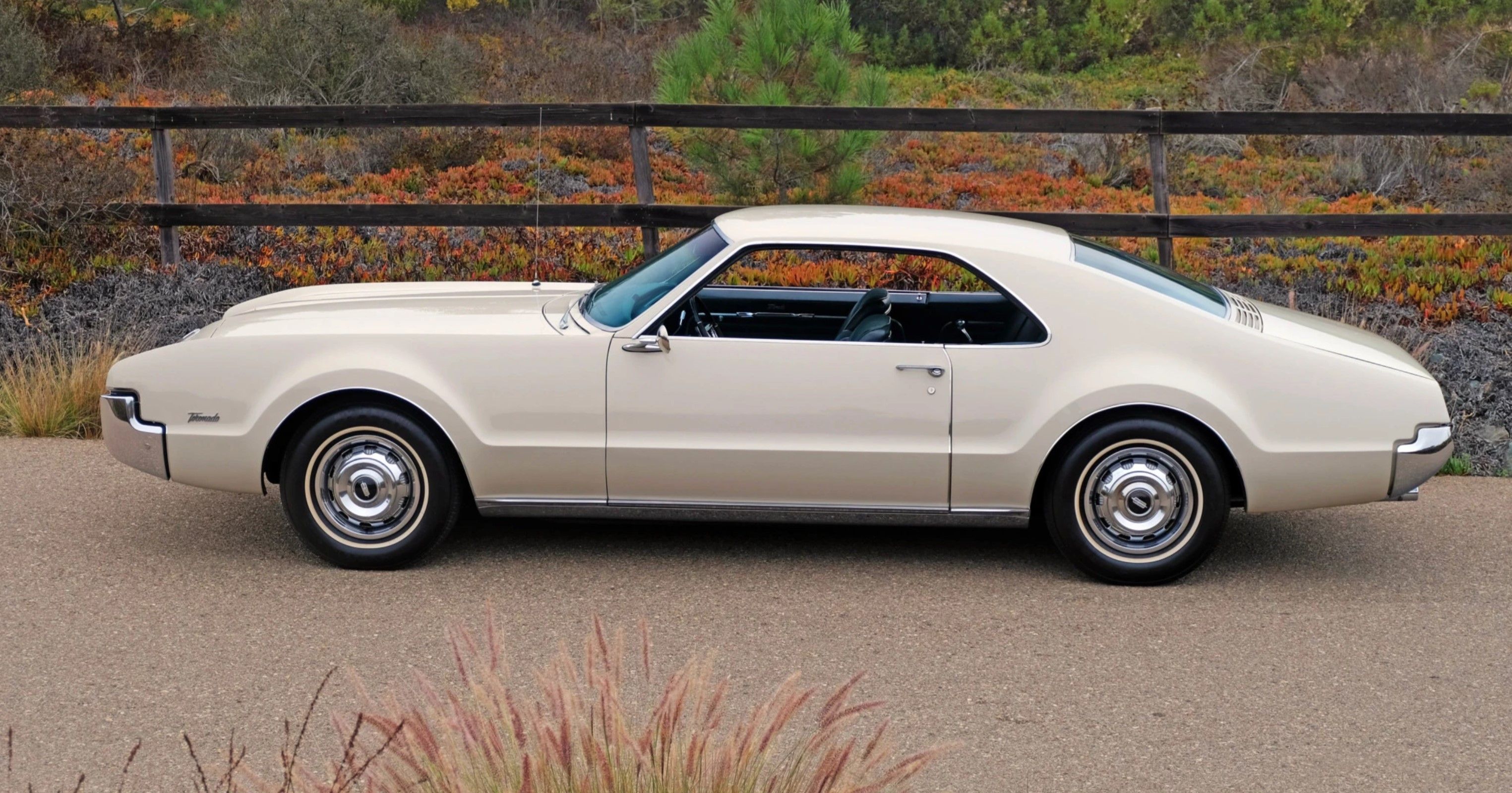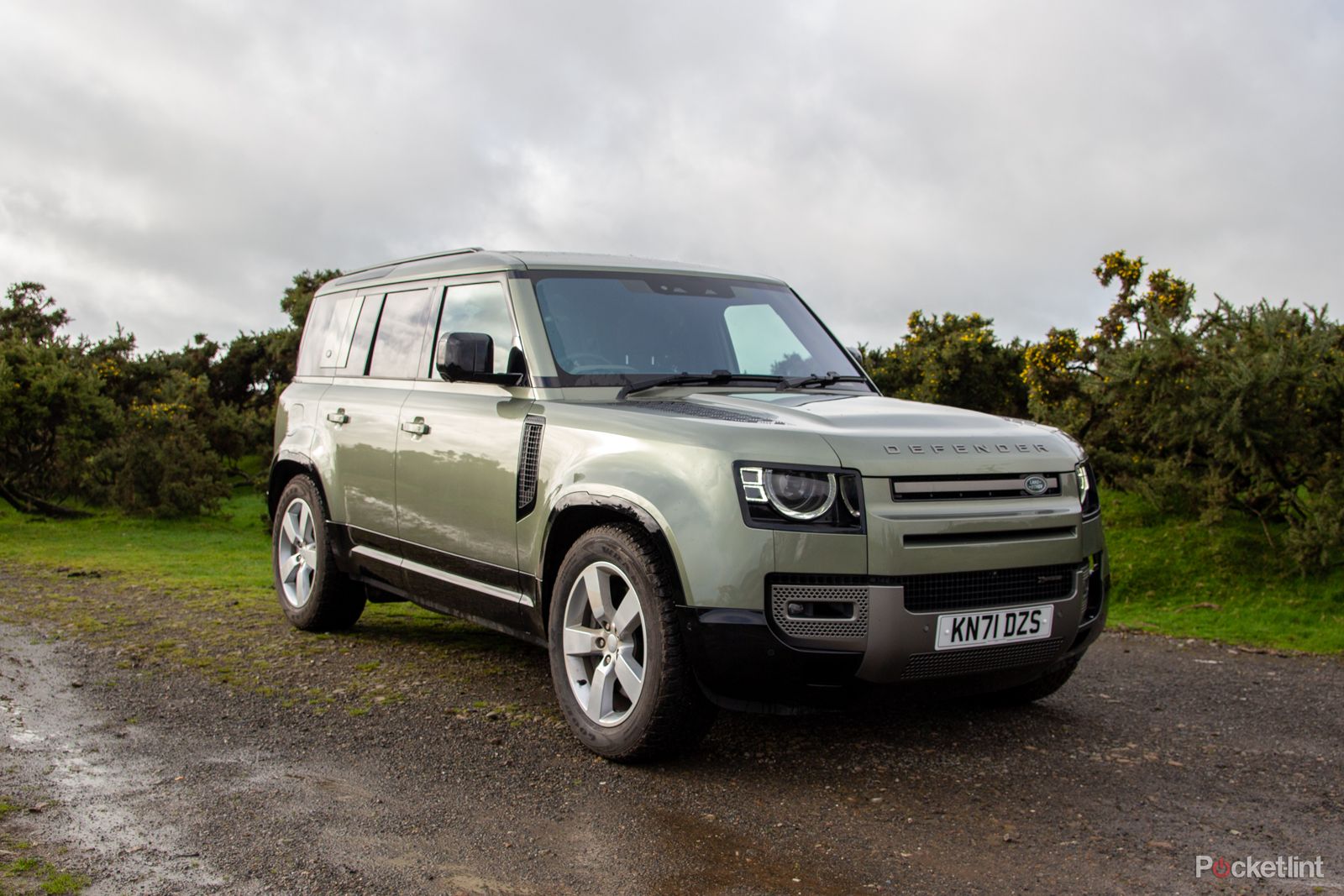With their connection to a golden age of American automotive innovation and tremendous raw power, old muscle cars on the used car market are often too tempting for buyers to turn down. However, some classic muscle cars simply struggle to exist in the modern world, built with flaws that make them impractical for today’s roadways. Others weren’t particularly reliable when introduced to the marketplace, and finding original parts to repair them now are additional costs some shoppers fail to consider. The pitfalls with muscle cars aren’t limited to classic cars, and even some V8-powered models released in the past few decades are more trouble than they are worth.
Since muscle cars rose to fame in the 1960s, car manufacturers like Ford and GM have constantly revised famous nameplates such as the Mustang and Camaro to reflect the demands of buyers and changing economic conditions. In some cases, these companies took risks to address requirements for fuel efficiency that resulted in some of the worst muscle cars ever designed. Fortunately, with a wealth of information available about even the rarest cars, prospective buyers can avoid throwing away their money on the following 10 used muscle cars.
10 1982 Chevrolet Camaro Iron Duke
The 1982 Chevrolet Camaro Iron Duke has a well-deserved reputation as one of the slowest muscle cars ever conceived. With its infamous Iron Duke engine, this 1982 Camaro had a pathetic power output of 90 hp and a painfully slow acceleration of 0-60 mph in 20 seconds.
The Iron Duke was not a useless invention, and it served GM vehicles including Jeeps and mail trucks faithfully from 1977 to 1992, but it simply wasn’t suitable for high-performance cars. Iron Duke-equipped cars are generally durable, but the 1982 Chevrolet Camaro is not without reliability issues. Cars with more than 80,000 miles frequently develop issues with the engine’s timing gears, so don’t assume any 1982 Camaro is problem free.
9 1972 Mercury Montego GT
By 1972, Plymouth’s campaign to compete with Ford and GM in the muscle car arena was clearly losing steam. The Marauder and Cyclone were either discontinued or on their last legs, and the Montego GT was a last-ditched attempt to stay relevant among high-performance American cars. While engine options included an N-code 429 V8 producing 205 hp, the base Montego GT had a 302 V8 limited to just 140 hp.
The standard Montego GT is now considered one of the worst muscle cars and had more credentials as a luxury coupe, failing to find mass appeal in the marketplace. Used car buyers today may want to avoid even the more well-equipped Montego GT trims, as rust issues are common and original parts are challenging to locate due to the car’s limited production run.
8 1979 Dodge Aspen R/T
The Dodge Aspen had a notorious reputation for unreliability, suffering numerous recalls by 1978 for malfunctioning carburetors, mufflers, and brake systems. Nevertheless, Dodge continued to offer the high-end R/T trim with a selection of V8 engines, topping out at a 360 four-barrel outputting 170 hp.
Stuck firmly in the malaise era where fuel efficiency was a priority, the Dodge Aspen R/T was not one of the slowest muscle cars, but its performance hardly makes up for its long list of chronic, costly mechanical problems and its tendency to rust overnight. The Aspen R/T survived until 1980, but failed to save Chrysler from its impending bankruptcy.
7 1966 Oldsmobile Toronado
The Oldsmobile Toronado has a deserving place in American muscle car history, as it was the first widely produced front-wheel drive car from an American manufacturer in several decades. The 1966 Toronado was a legitimate luxury muscle car, with the comforts drivers expected from Oldsmobile combined with a 425 cubic inch Rocket V8 engine capable of 385 hp.
Unfortunately, the Toronado’s odd weight distribution led to stability problems and its drum brakes quickly wore out, doing little to give drivers a sense of security. Fixing the inherent flaws of this old muscle car today is a time-consuming and expensive process most buyers should avoid.
6 2015 Ford Mustang
Ford had a giant legacy to preserve when it developed the 50th Anniversary version of the Mustang, released in 2015. The Mustang paid homage to classic muscle cars of the past with a sleek flashback design, while introducing a slew of new technological advancements in the cockpit. The current generation of Mustangs receives some scorn for offering V6 and EcoBoost engine options, though the GT trim still provided 435 hp with its V8 engine.
The main drawbacks with the 2015 Ford Mustang is potential costly repairs, with Consumer Reports giving it a 1 out of 5 for reliability, and including it on a list of used cars to avoid. The new powertrain introduced in 2015 is a source of many of the issues, including an unstable transmission and a jerky gearbox.
5 1968 AMC AMX
In the late 1960s, the AMC AMX was the company’s answer to the immense popularity of muscle cars like the Mustang and Camaro. The AMC AMX had up to a 6.4-liter V8 engine with 340 hp and numerous innovations, including tempered glass windshields and an injection-molded single-piece dashboard. The AMX never found its niche in the muscle car market and met its demise in 1970, in favor of the AMC Javelin.
Most old muscle cars have issues with rusting, but the AMC AMX can be a true rust bucket, with damage common in the trunk area all the way to the front fenders. With only 6,700 cars produced, finding authentic replacement parts today is usually an exercise in futility.
4 1971 Plymouth Hemi Cuda
The Plymouth Hemi Cuda was a supercharged version of the Barracuda muscle car, unleashed in 1964 to lock horns with the new Ford Mustang. The Barracuda struggled to define itself as a legitimate muscle car, so Plymouth turned to a roaring 7.0-liter V8 engine as the heart of the upgraded Hemi Cuda trim in 1970.
Despite showcasing its prowess on the racetrack, Plymouth only made around 650 of the Hemi Cuda, disappearing after 1971. With rare used Hemi Cuda examples selling for more than $250,000, trying to find new original stock parts to restore one could pay off, but it’s far too risky of a proposition for most classic car collectors.
3 1971 Ford Maverick Grabber
Compact muscle cars are often outcast from the full-sized behemoths made famous by traditional ’60s muscle cars. The Ford Maverick competed with small European and Japanese imports, and the company decided to use its platform for a high-performance car. The Grabber originated as a trim option for the Maverick, but entered the muscle car realm when it borrowed Ford’s two-barrel 302 V8 engine.
In 1971, the Maverick Grabber became its own model, but despite the lightweight construction, its power maxed out at 210 hp, making it one of the slowest muscle cars of its era. Compatible Ford Maverick Grabber parts are surprisingly easy to locate, but it’s not uncommon to come across one improperly restored. Hemmings notes that the Ford Granada is a common source of donor parts for the Grabber, but components like its brakes aren’t the proper match they appear to be.
2 2006 Dodge Charger
The Dodge Charger has a complicated history since its origins as a souped-up Coronet in 1966. The Charger has since existed in every form, from a fastback coupe muscle car to a luxury car and even a hot hatch. After nearly a 20-year hiatus, Dodge revived the Charger and brought it back as a four-door sedan in 2006. The new Charger was hardly a typical family car, with an R/T trim packing a 5.7-liter Hemi V8 and 340 hp.
The new Charger would enjoy some impressive sales figures, but buyers encountered some unwelcoming surprises after about 85,000 miles. Common complaints include stalls during driving, steering wheels that would lock up and complete engine failures which can cost $5,500 to replace. Dodge successfully addressed most of these problems in the coming years, but the 2006 Charger nevertheless ranks as one of the worst muscle cars from a reliability standpoint.
1 1980 Pontiac Trans Am Turbo
Even with ’60s muscle cars dying a slow death during the ’70s, with manufacturers forced to sacrifice raw power for fuel efficiency, the Pontiac Thunderbird still enjoyed strong sales late into the decade. To keep the performance of the Pontiac Trans Am up to par, Pontiac decided to introduce turbocharging to the smallest 301 cubic inch V8 engine available.
The end result was performance that didn’t meet expectations and a host of issues for owners that led to one headache after another. DrivingLine.com explains that the inadequate turbo carburetor led to regular cases of pre-ignition, and the car’s rudimentary computerized control system could do little to prevent these problems. The 1980 Pontiac Trans Am Turbo has the dreaded combination of being one of the slowest muscle cars and also finding itself entirely unreliable.










